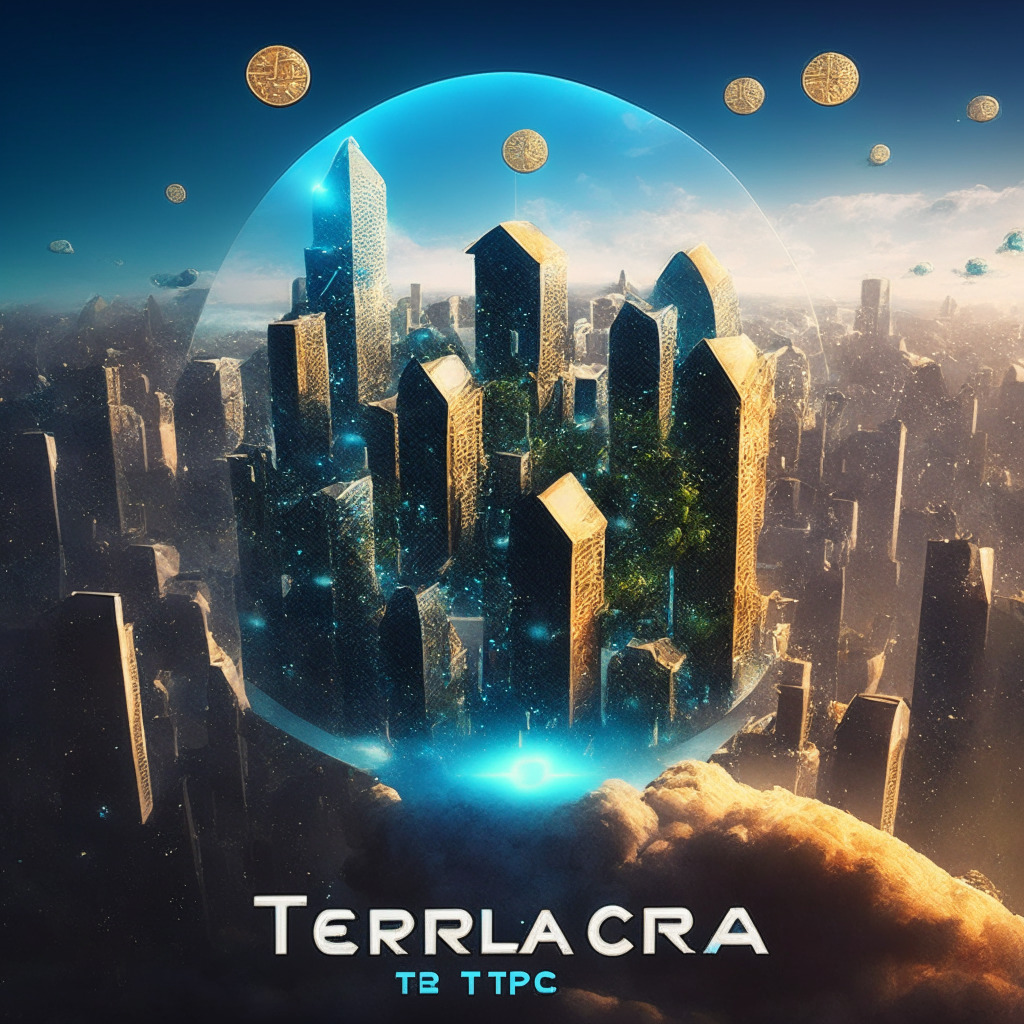In the rapidly evolving world of decentralized finance (DeFi), it is crucial for projects to maintain a genuine commitment to decentralization. In recent times, a phenomenon known as “decentralization theater” has come to light, casting doubt on the authenticity of some projects claiming to be fully decentralized. The term refers to projects that only appear to be decentralized while still retaining control centrally, often using non-profit foundations to give the illusion of decentralization. This approach not only confuses users and regulators but also fundamentally contradicts the ethos of Web3 and its vision for a decentralized future.
A notable example of decentralization theater is the Ethereum layer 2 network, Arbitrum, which was accused of misleadingly presenting its first governance vote involving a transfer of $1 billion worth of ARB tokens. In this case, the foundation resorted to seeking retroactive permission after having moved the tokens already. The community backlash led to the vote being scrapped and the foundation pledging transparency going forward.
During Consensus 2023, expert speakers highlighted the importance of staying true to the core principles of decentralization in the development of Web3 ecosystems. This commitment becomes even more crucial with traditional, centralized businesses entering the space. As Kyle Rojas from Edge & Node said, “what people can do is not just talk about this space, but actually participate in it.”
The importance of building genuinely decentralized protocols and projects cannot be overstated. A centralized Web2 architecture depends on the client-server relationship, where the server owner controls data and other aspects of the platform. To disrupt this existing model, the actual application of Web3 technology in creating decentralized products is essential.
However, some may argue that a compromise of true decentralization is necessary for practical reasons. Introducing elements of centralization could, for instance, streamline governance and decision-making processes. Additionally, regulatory compliance might require a certain level of oversight, which could be more easily achieved through centralized control.
Despite these considerations, the ultimate goal for Web3 platforms should remain centered around decentralization. To reap the benefits of a decentralized future and maintain user trust, projects need to be transparent about their governance and control structures and work to avoid misleading users.
In conclusion, the path to a genuinely decentralized landscape might occasionally necessitate compromises due to the rapidly changing regulatory and technological environment. However, it is crucial for the industry to remain committed to decentralization and uphold its transformative potential. As the space matures, lessons learned from decentralization theater episodes will undoubtedly help shape more transparent, robust, and authentic models for the future of finance.
Source: Coindesk




